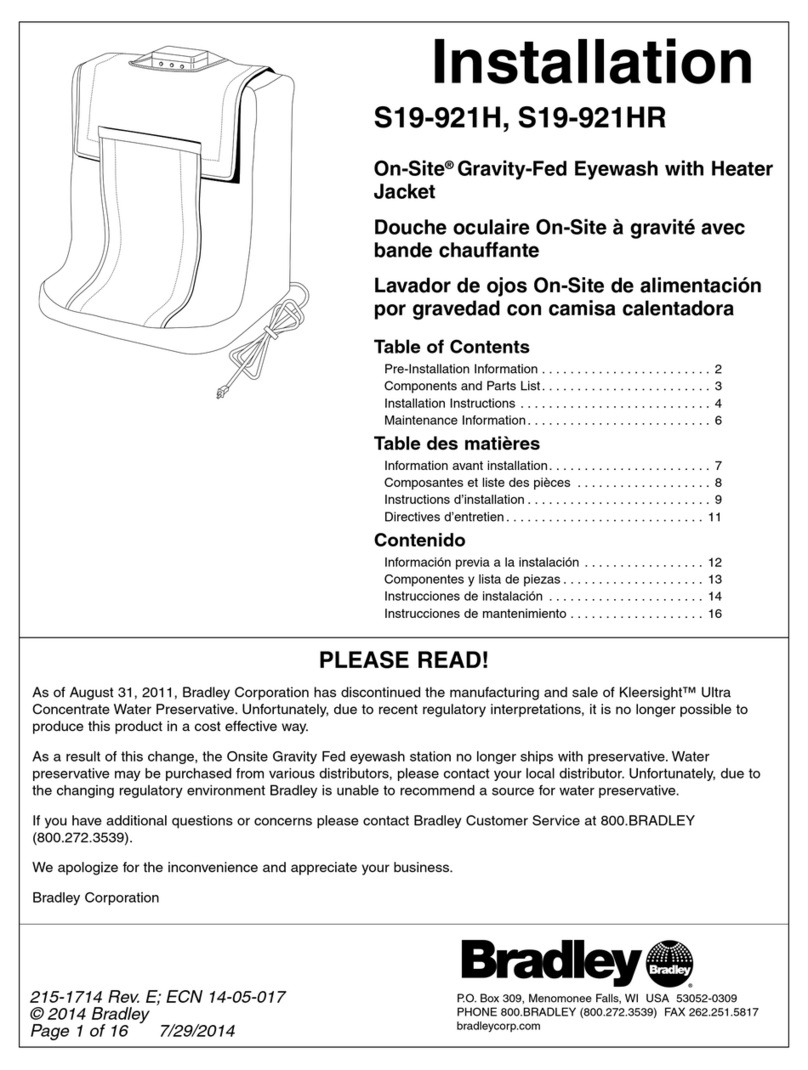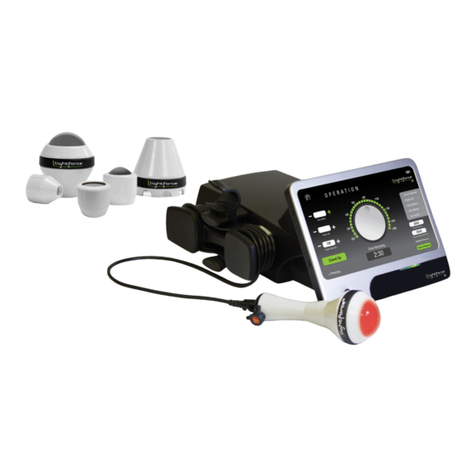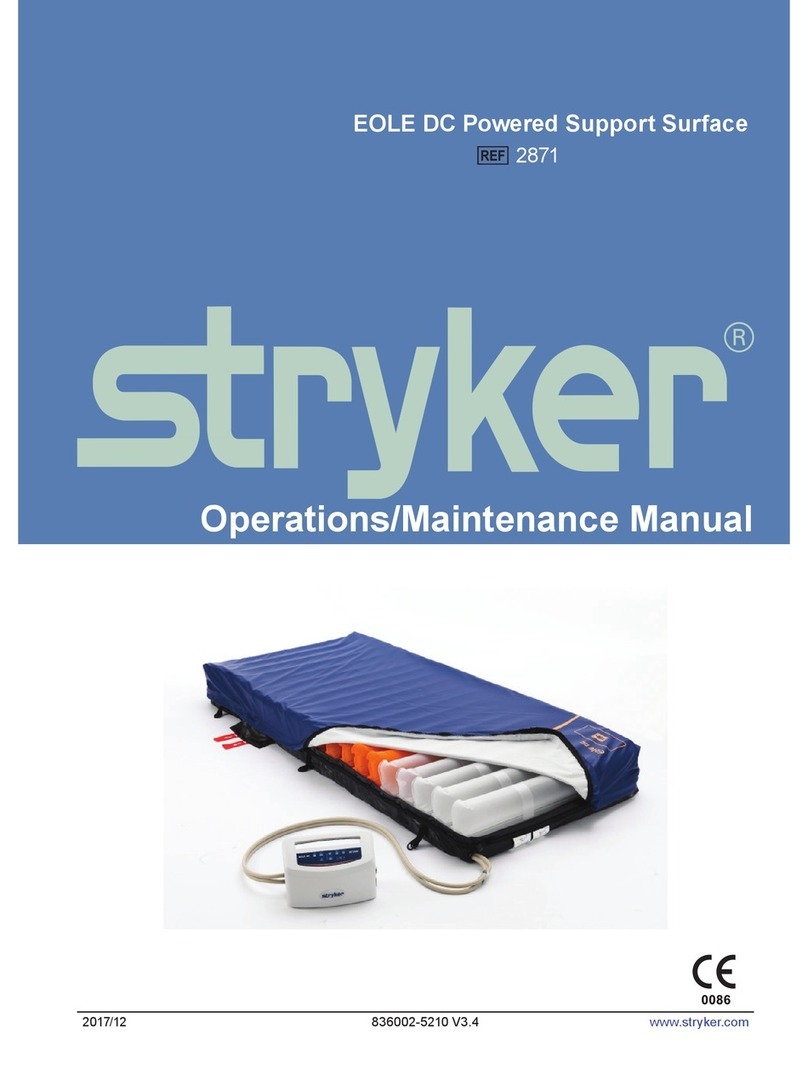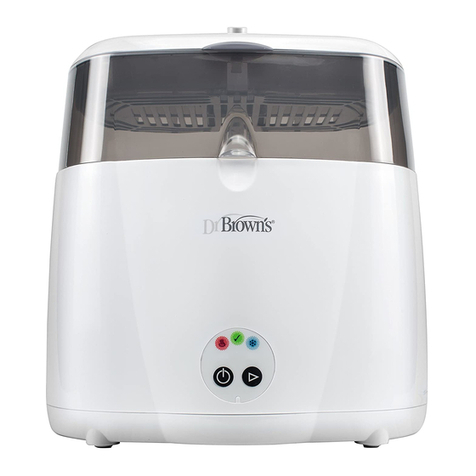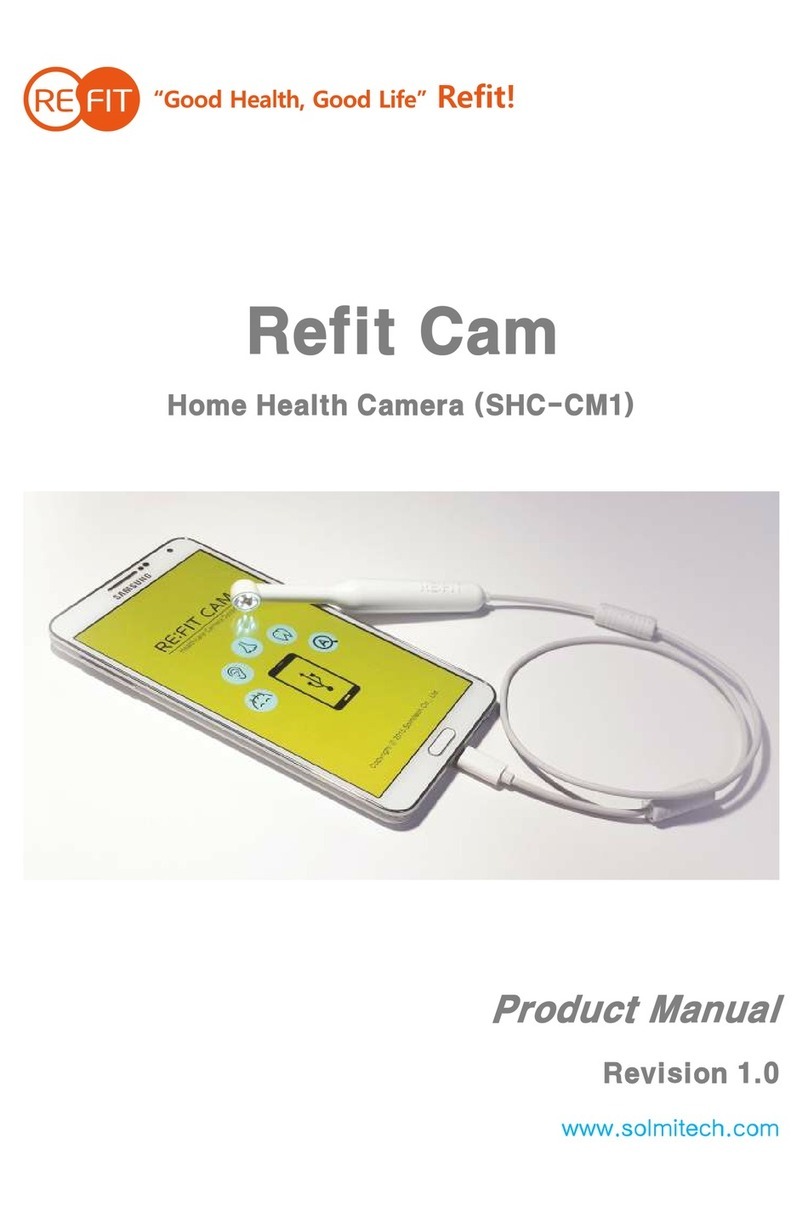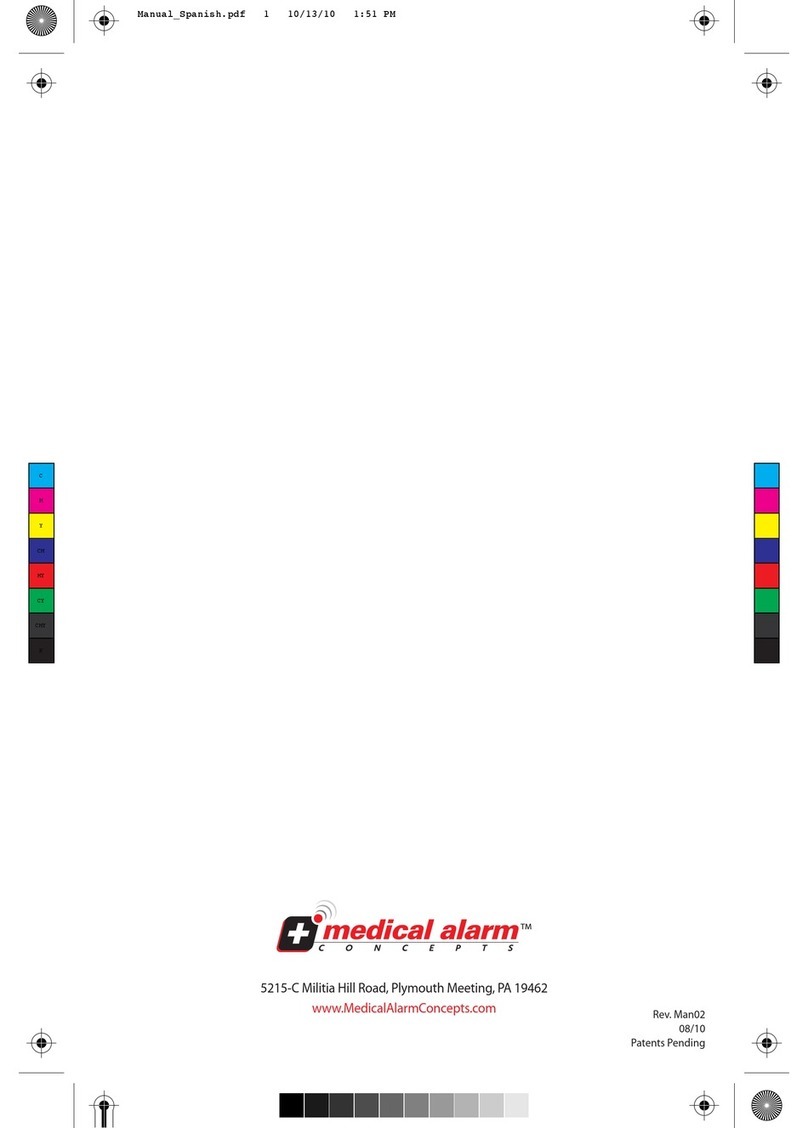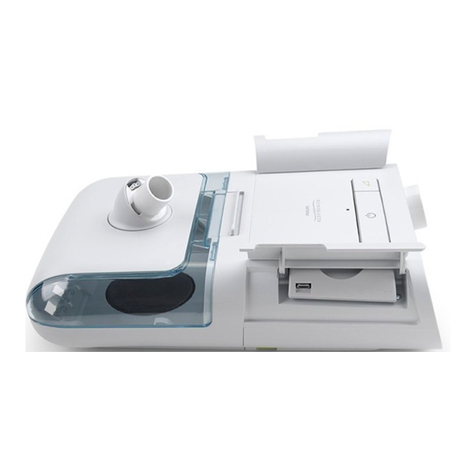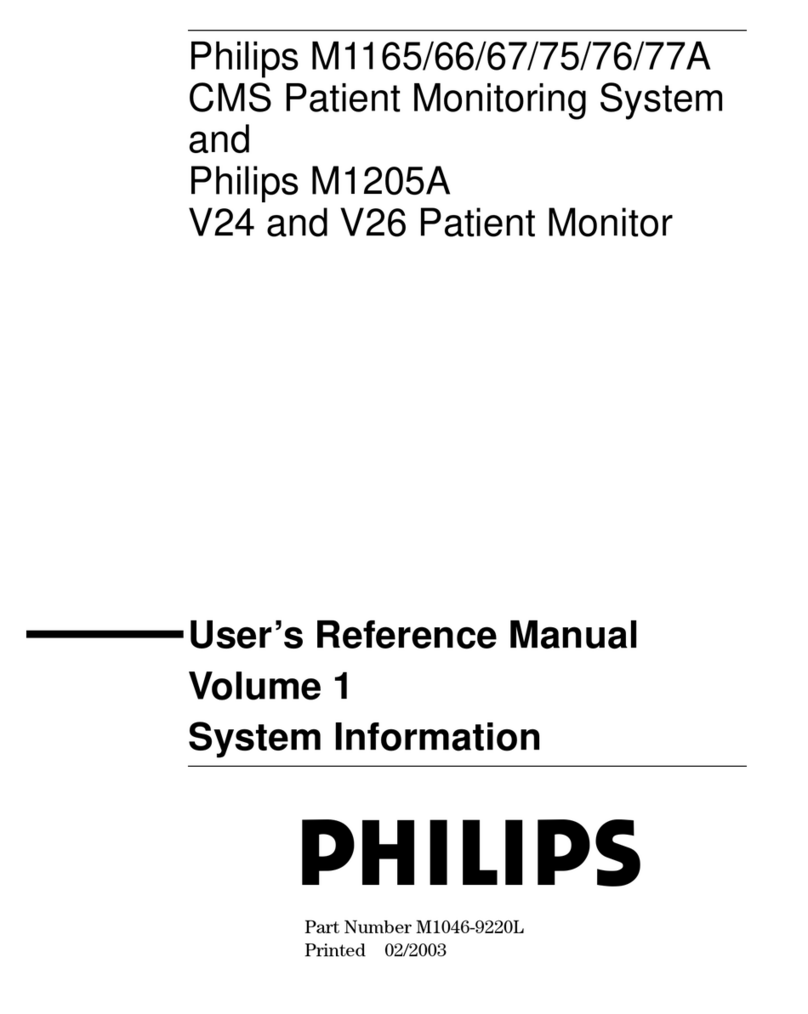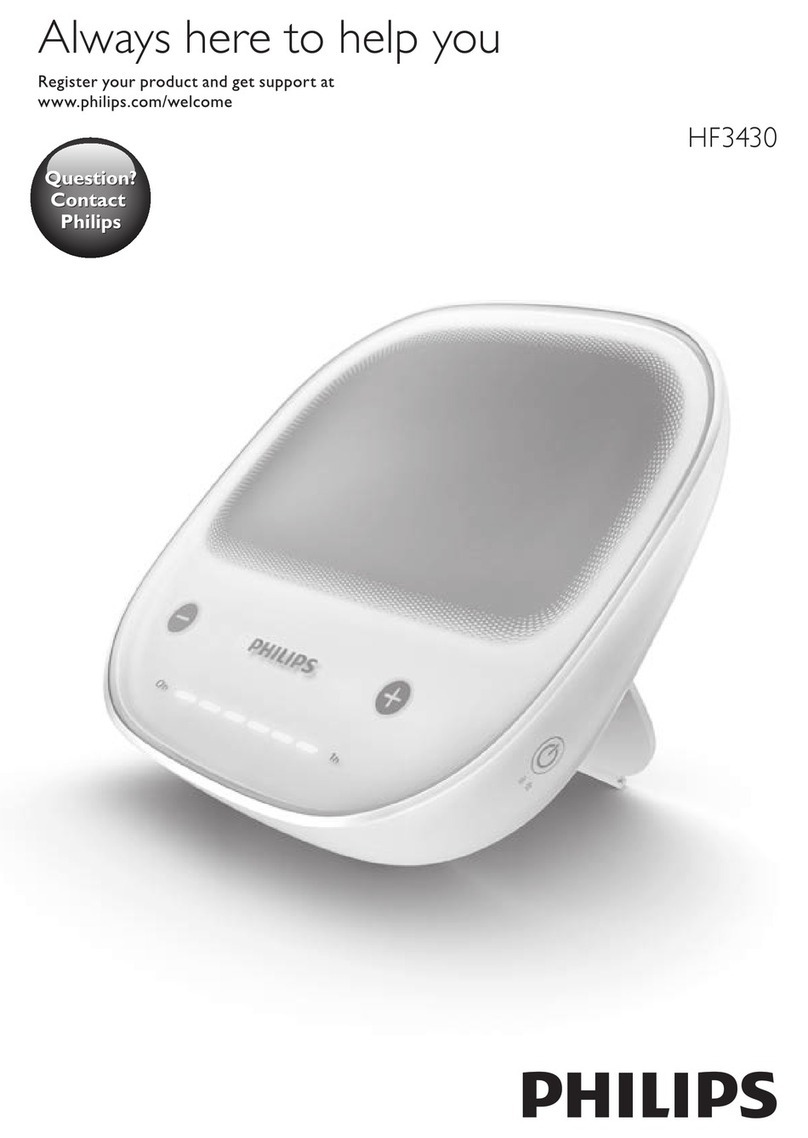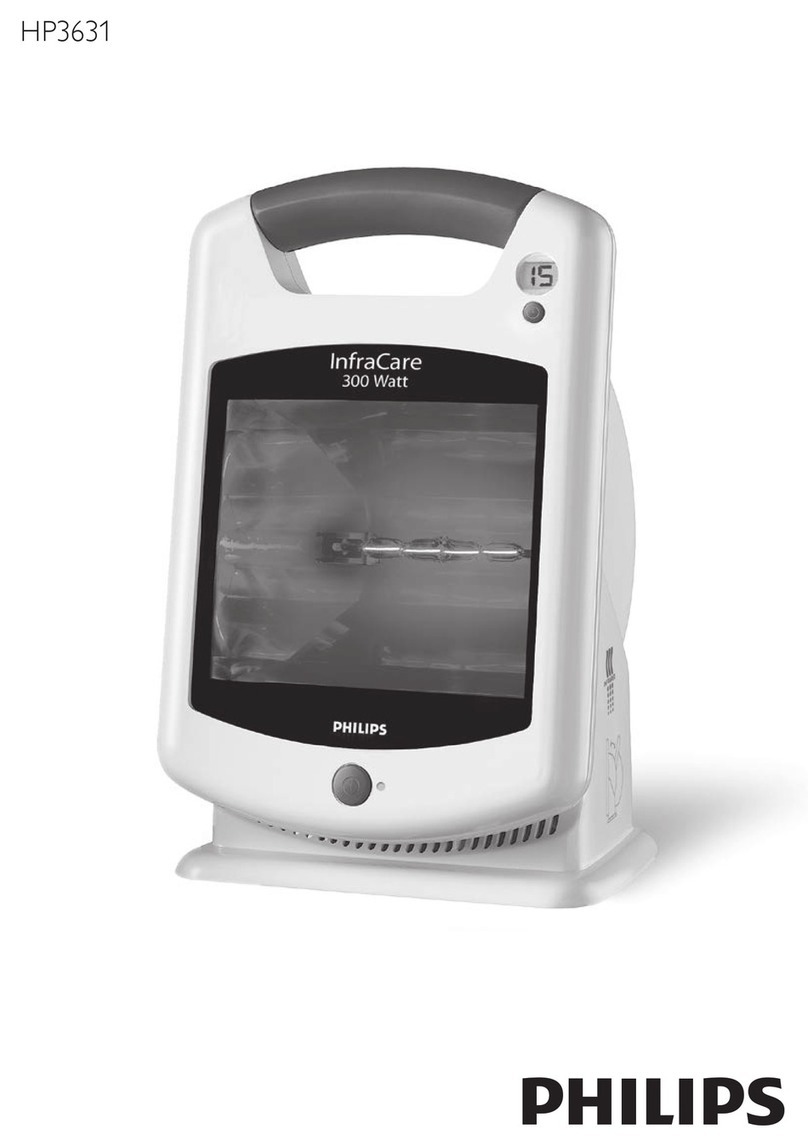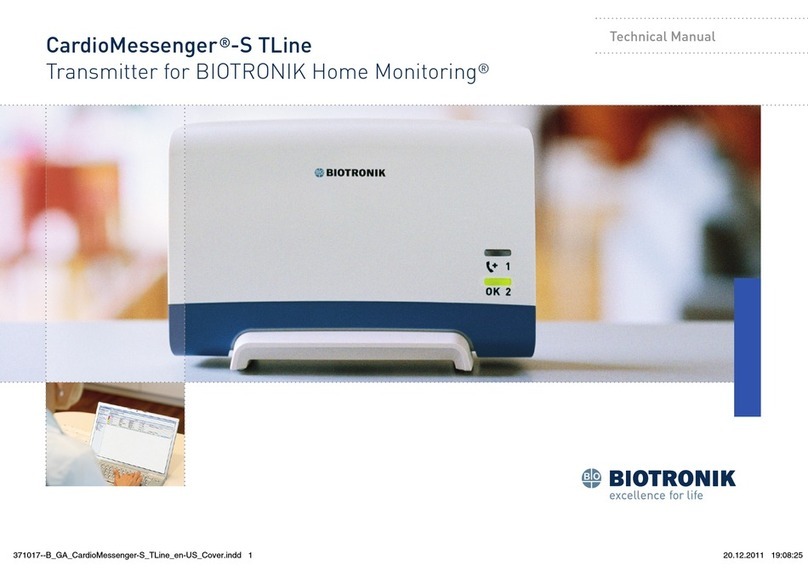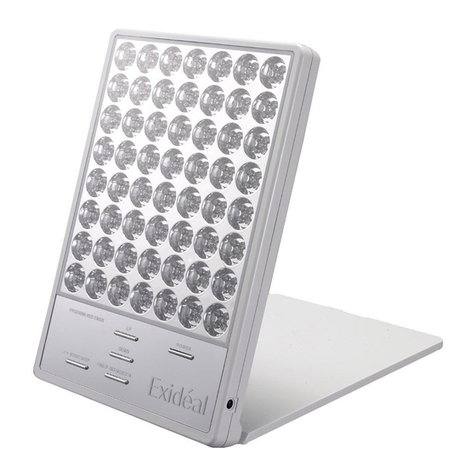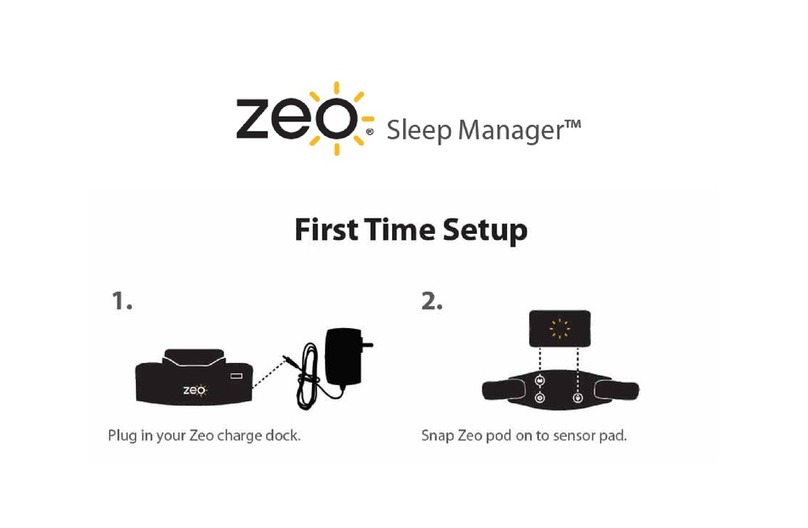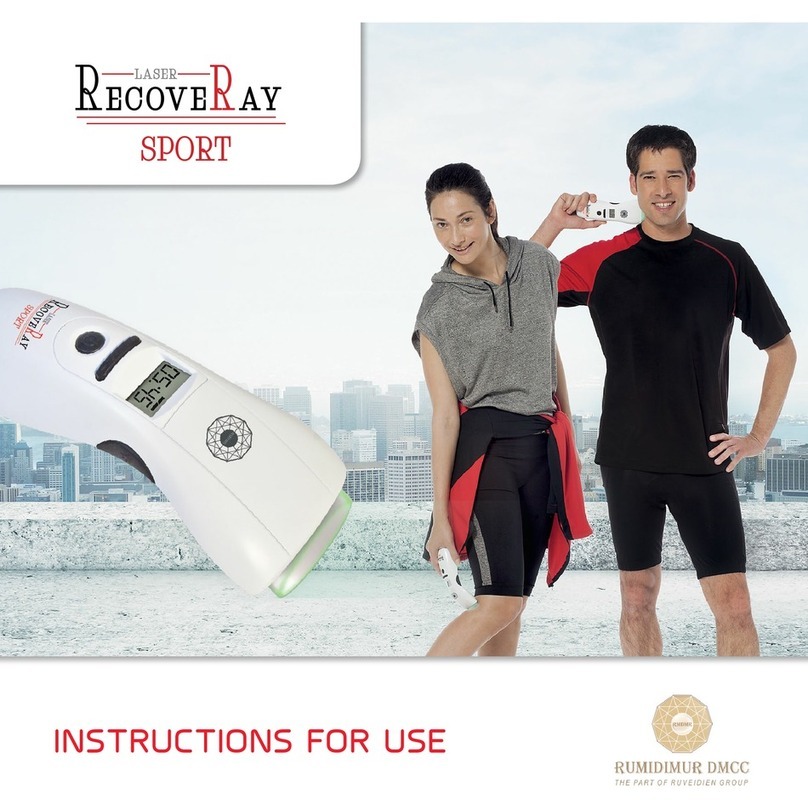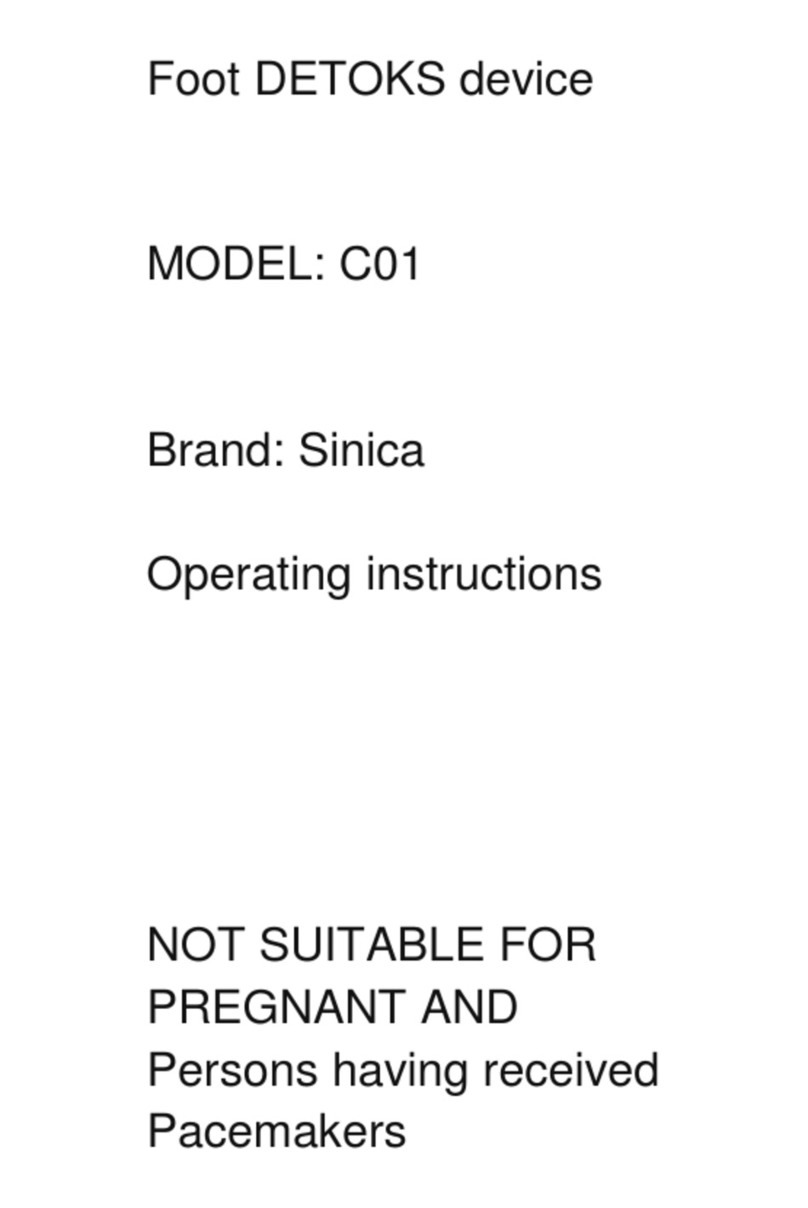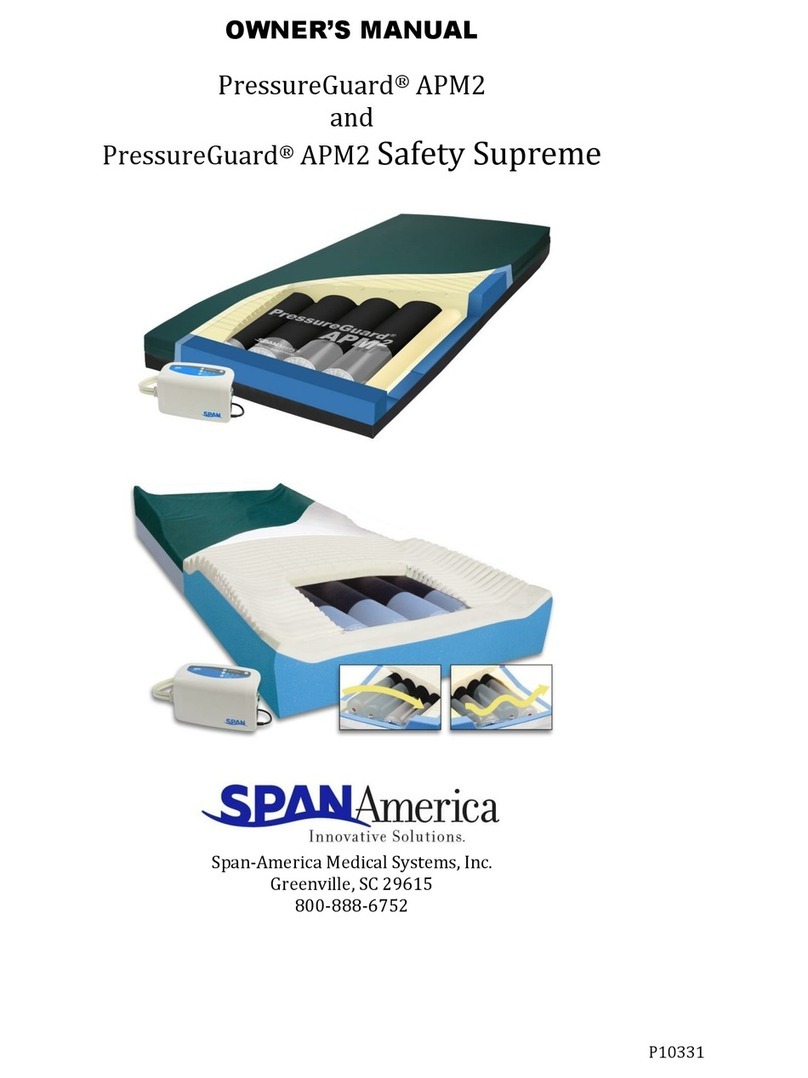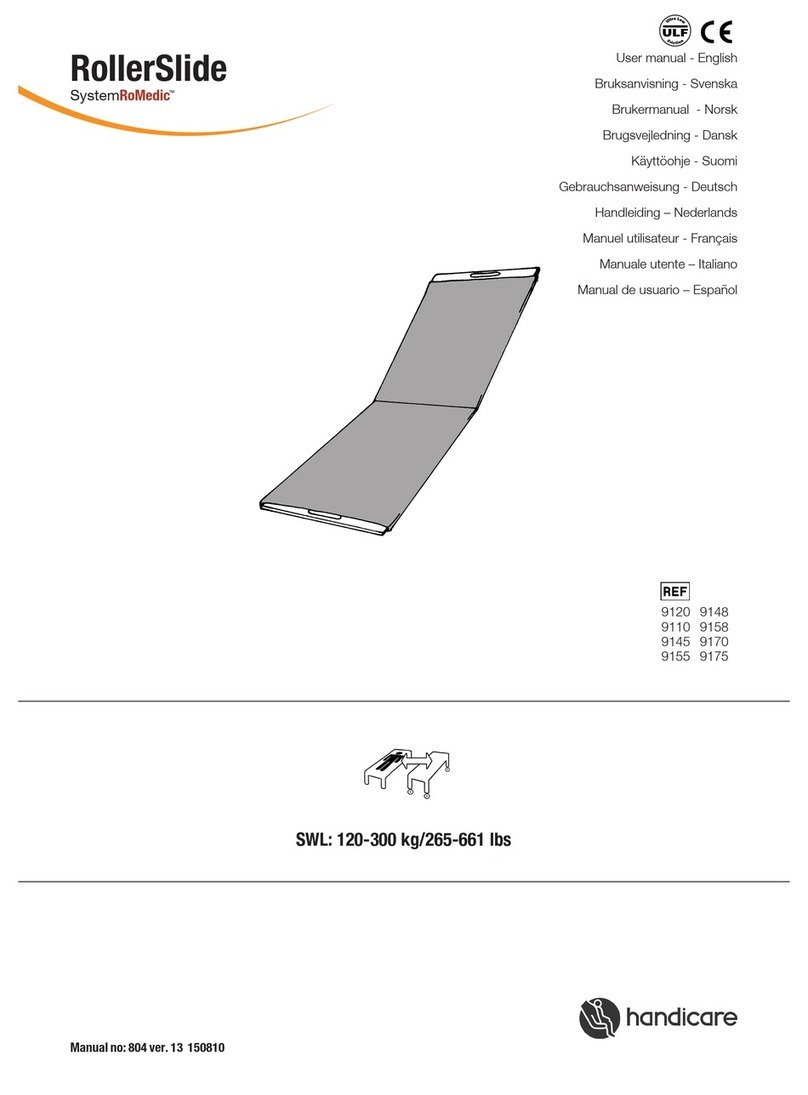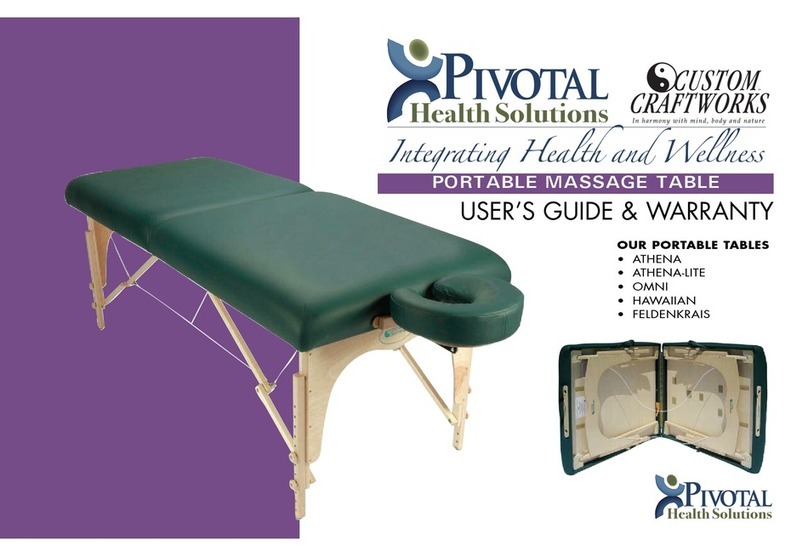Table of contents
1. Safety Information.................................................................................. 1
Intended use ............................................................................................................................. 1
Warnings .................................................................................................................................... 1
Cautions .................................................................................................................................... 4
Contraindications ................................................................................................................... 6
Safety Symbols Glossary...................................................................................................... 6
2. System Overview.................................................................................. 10
System Contents....................................................................................................................10
Accessories..............................................................................................................................10
System Diagram......................................................................................................................11
3. Therapy Device ..................................................................................... 12
Where to Place Your Device ............................................................................................... 12
Supplying AC Power to Your Device................................................................................. 12
Starting the Device................................................................................................................ 13
Navigating the Device Screens .......................................................................................... 14
Therapy On Menu Navigation Settings........................................................................... 15
Ramp Feature ................................................................................................................. 15
Therapy O Menu Navigation Settings........................................................................... 16
My Info.............................................................................................................................. 16
My Comfort...................................................................................................................... 17
My Device ........................................................................................................................ 18
My Support......................................................................................................................19
Check Mask Fit .............................................................................................................. 20
Pairing Therapy Device to Bluetooth®-enabled Mobile Device...................... 21
Device Pop-Up Messages...................................................................................................22
4. Tubing.....................................................................................................25
Tubing Types...........................................................................................................................25
Connecting the Tubing to Your Device ............................................................................25
Changing Your Tube Type....................................................................................................26
Cleaning the Tubing ..............................................................................................................27
Tubing Device Pop-Up Messages.....................................................................................27
5. Filter........................................................................................................28
Filter Types ..............................................................................................................................28
Installing or Replacing the Filter ...................................................................................... 29
Filter Device Pop-Up Messages....................................................................................... 29
6. Accessories.......................................................................................... 30
Using the USB Port and the Micro USB Port ................................................................ 30
Using the microSD Card....................................................................................................... 31
